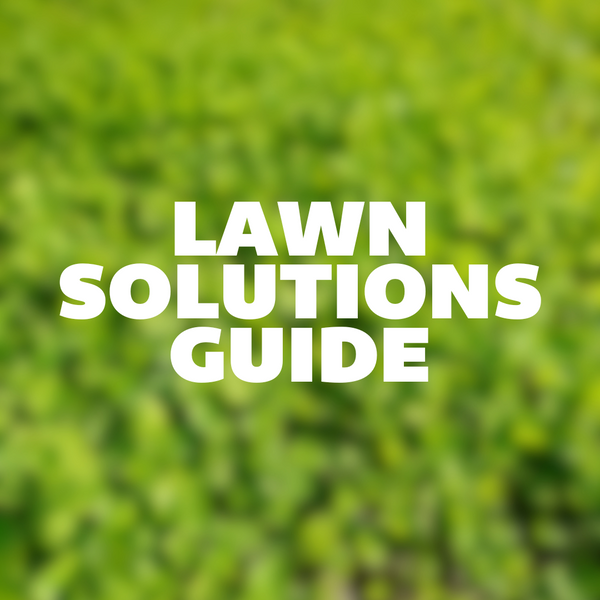Bulbs are easy to plant and easy to grow. Flower Bulbs are broken down into two very general groups – Fall planting bulbs benefit from sitting in cold soil. Spring planting bulbs do not require cold soil to trigger flowering. Fall planting bulbs can be planted any time between late September and January, but most gardeners plant fall bulbs in October and November, about the same time you would plant garlic. Fall planting bulbs will bloom the following spring and early summer. Spring planting bulbs should be sunk into the ground in March and April. They tend to bloom later in the spring, into mid-summer. Follow along with this handy How to Grow Bulbs Guide and grow some colour.
Starting
Follow the directions on each package as you unpack your bulbs. The depth depends on what type of bulb it is, and how large the plants are expected to be. In a very general sense, bulbs are planted with the pointed end up about 15cm (6″) deep. Be sure to follow the instructions on your individual bulb package.
Bulbs benefit from potassium-rich bone meal at planting time. They will probably produce flowers without bone meal, but a couple of tablespoons full buried with each bulb will produce stronger plants.
If you have some Complete Organic 4-4-4 Fertilizer, that will also help bulbs grow into strong flowering plants. It is sound advice to label or mark out where your fall bulbs are planted so you can remember not to dig there in the spring. Once growth starts in the spring and leaves begin to emerge, you have the option of top dressing (scattering on the surface of the soil) with a Complete Organic Fertilizer. This is a particularly good step if you plan on leaving the bulbs in the ground for the long term.
If you plan on lifting the bulbs after they have bloomed, spring fertilizing is not really necessary.
Once your spring tulips and daffodils have accomplished their task of bringing colour and joy to your spring, you should decide whether to lift them or not. Each plant would prefer to be left in place and send up leaves with which to gather more energy in the bulb for next spring. Most varieties will also begin to form new bulbs beneath the soil. But as the leaves become spent during the summer, they can be unattractive. So either remove spent leaves and leave the bulbs in place, or gently lift the bulbs and transplant them somewhere out of sight.
To lift bulbs, use a garden fork to gently loosen the soil. Your soil may have become quite packed down over winter, so take care when lifting. Try to dig down to the bulb itself, rather than pulling it up by its tender stem. The stem will tell you where each bulb is, so it’s important not to break the stem from the bulb.
After their foliage dies back, bulbs go dormant in preparation for winter. At this stage they can be lifted and labeled (by type or colour) and stored in paper bags for transplanting or giving away. Just like with garlic and onions, allow some time for your harvested bulbs to dry out by leaving them out in a cool, airy place out of direct sunlight. Brush off as much soil as possible, but do not peel away the layers that surround each bulb.






















